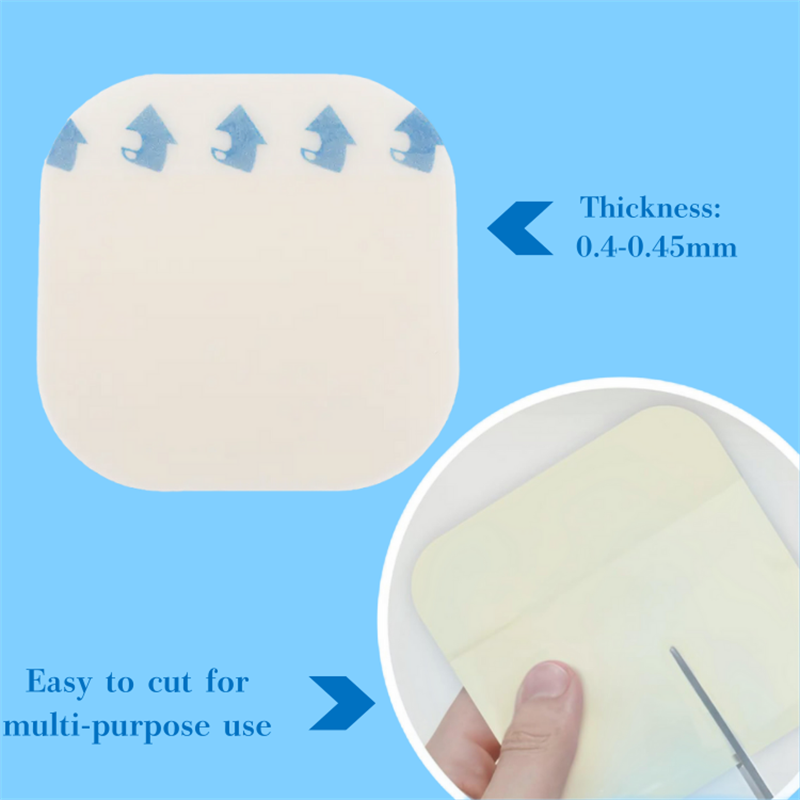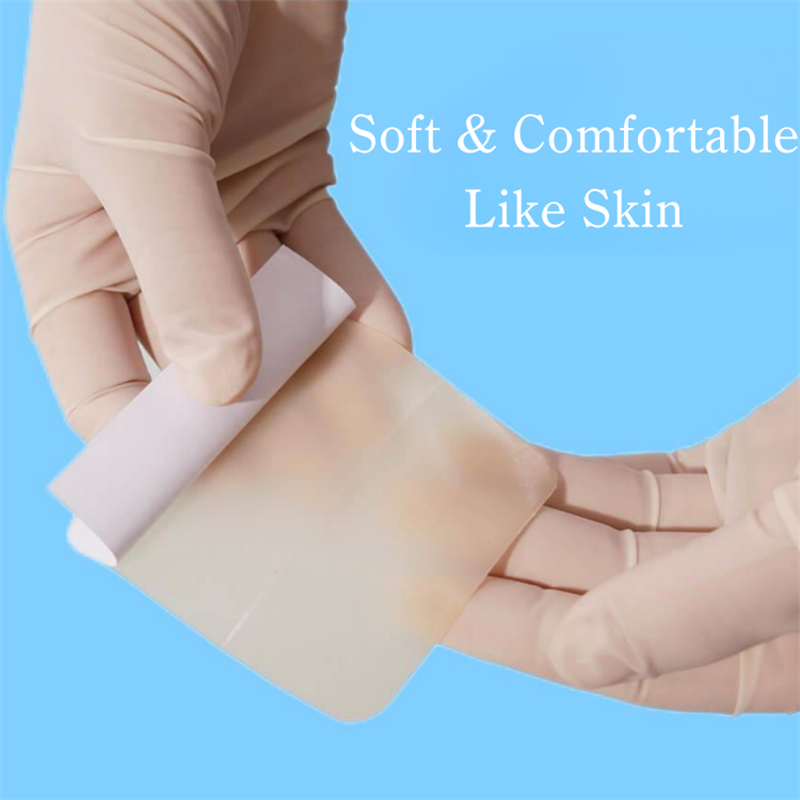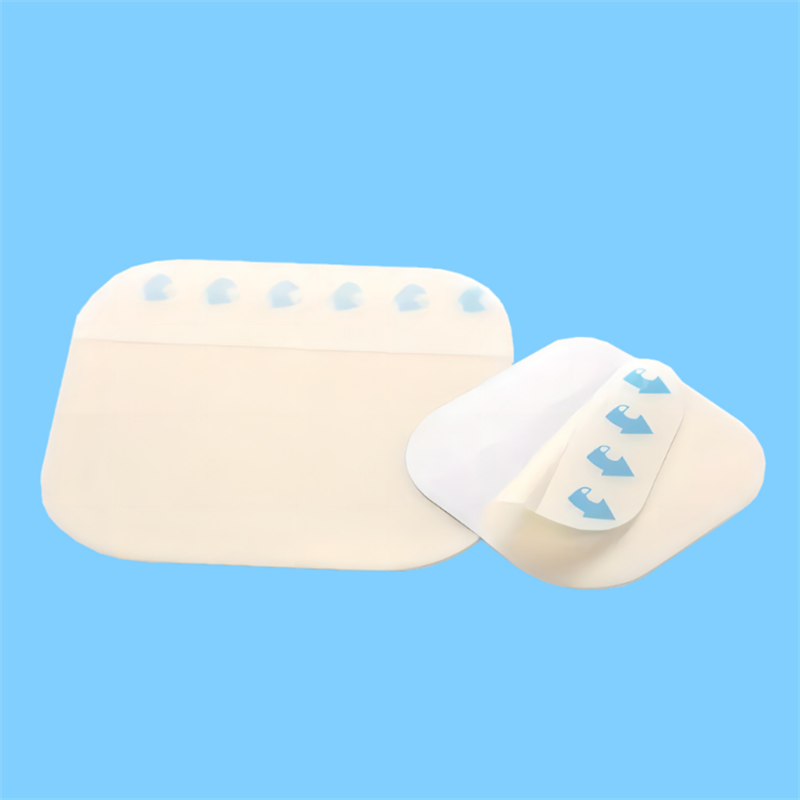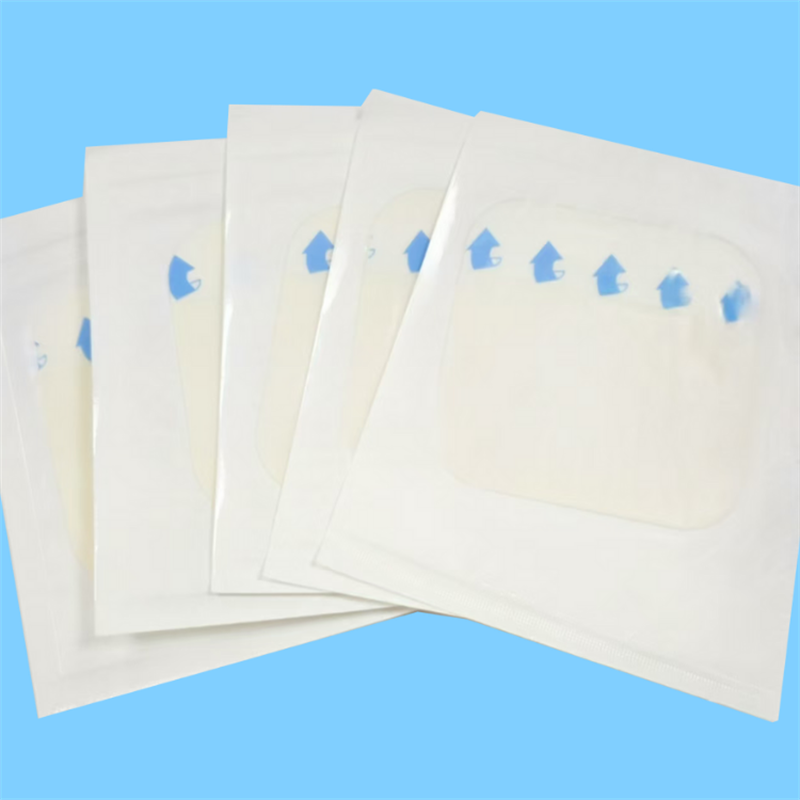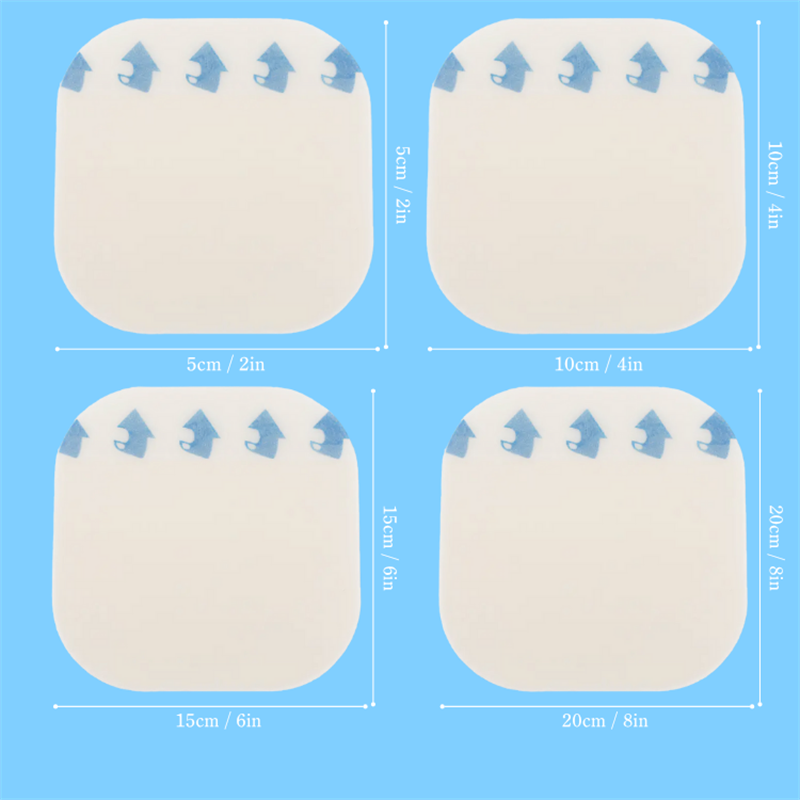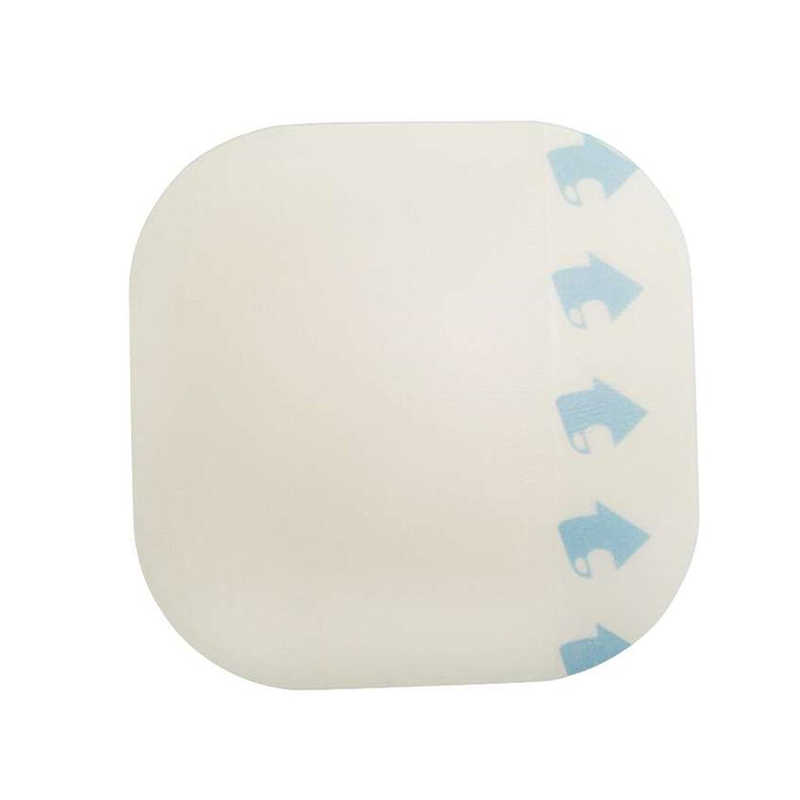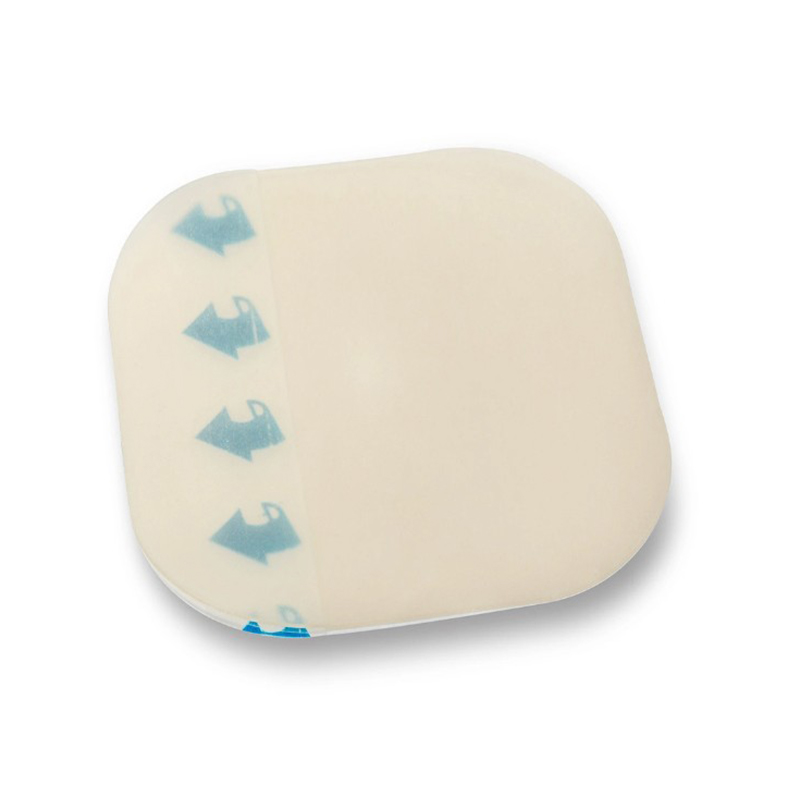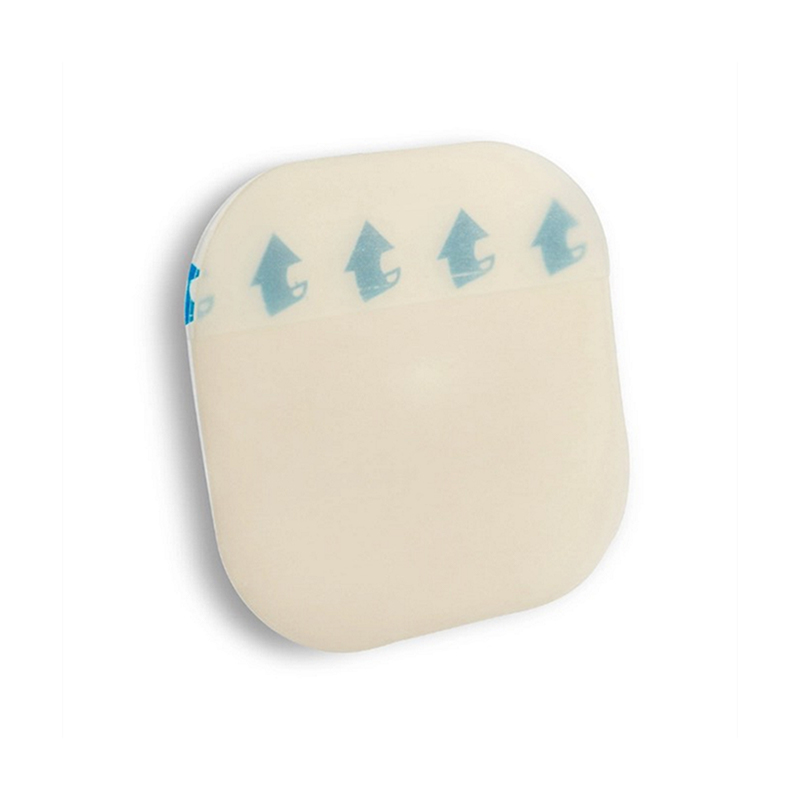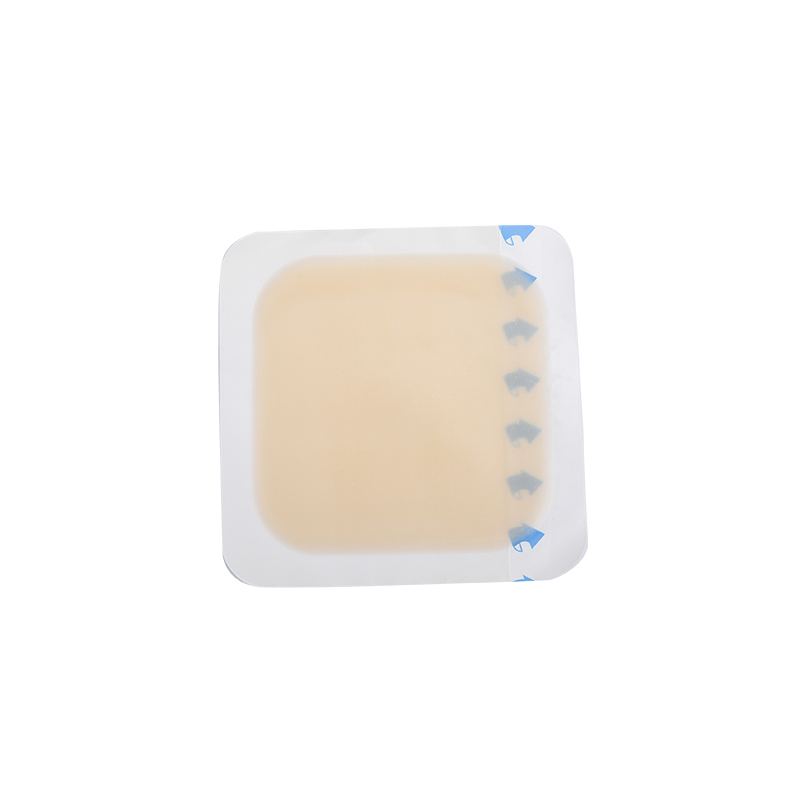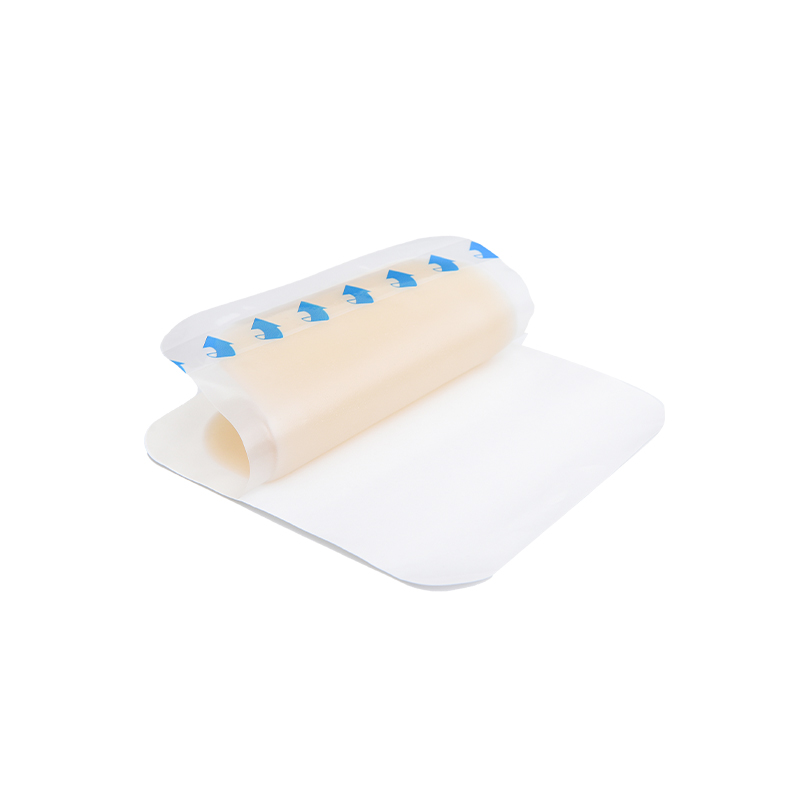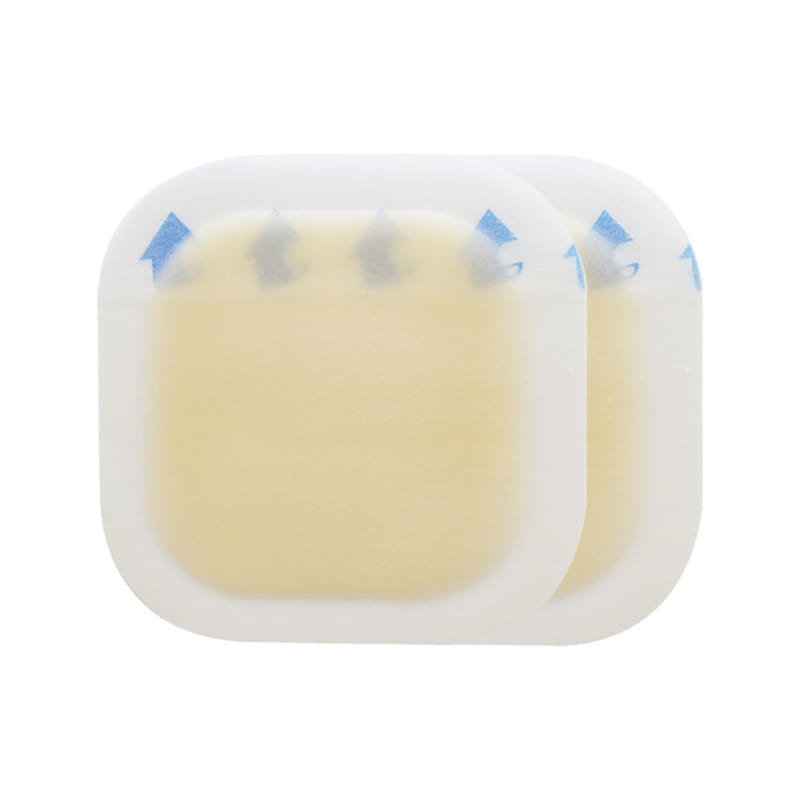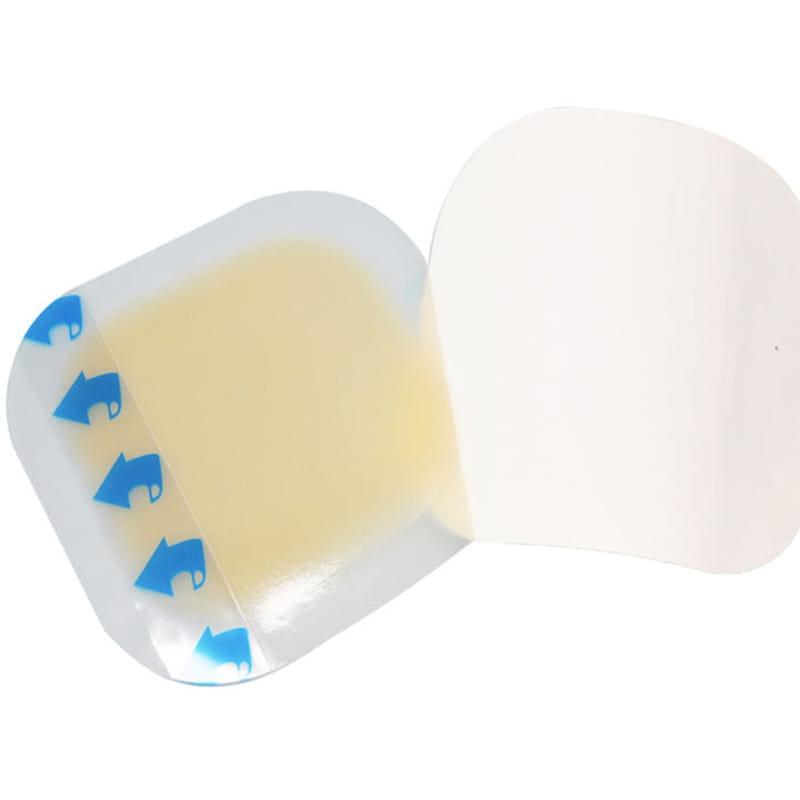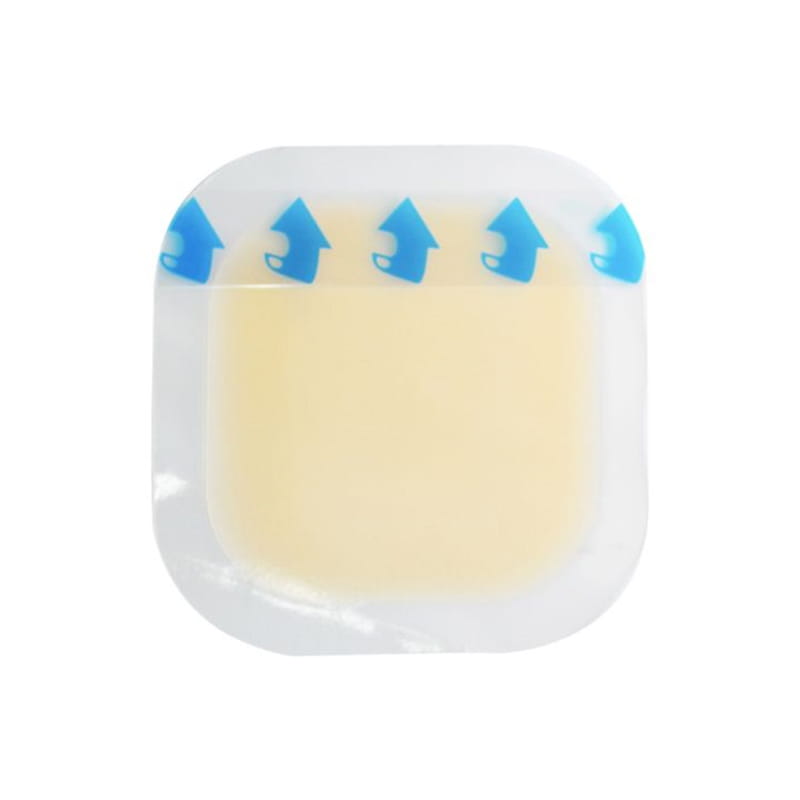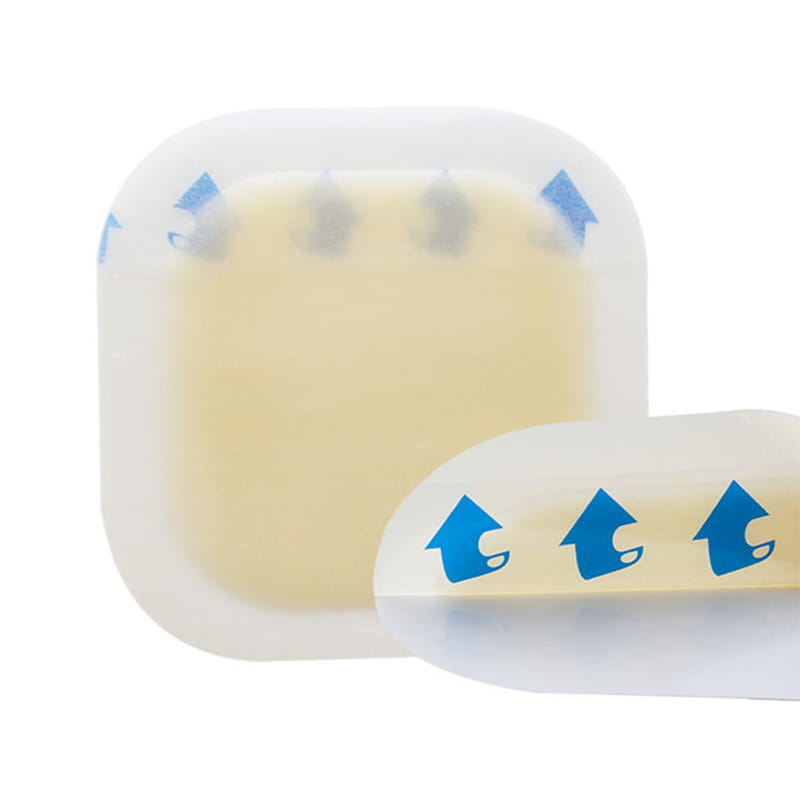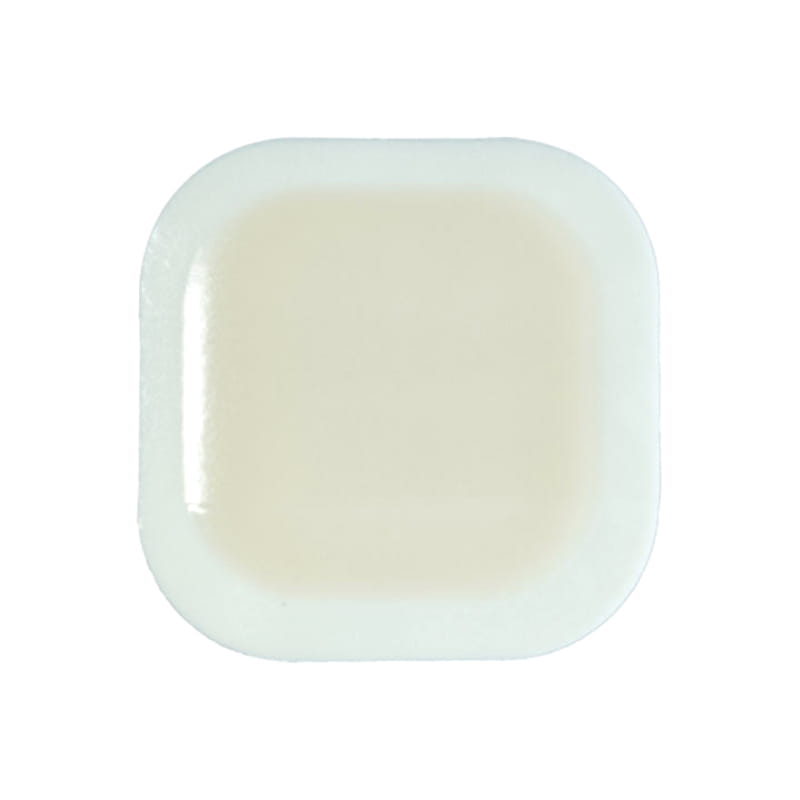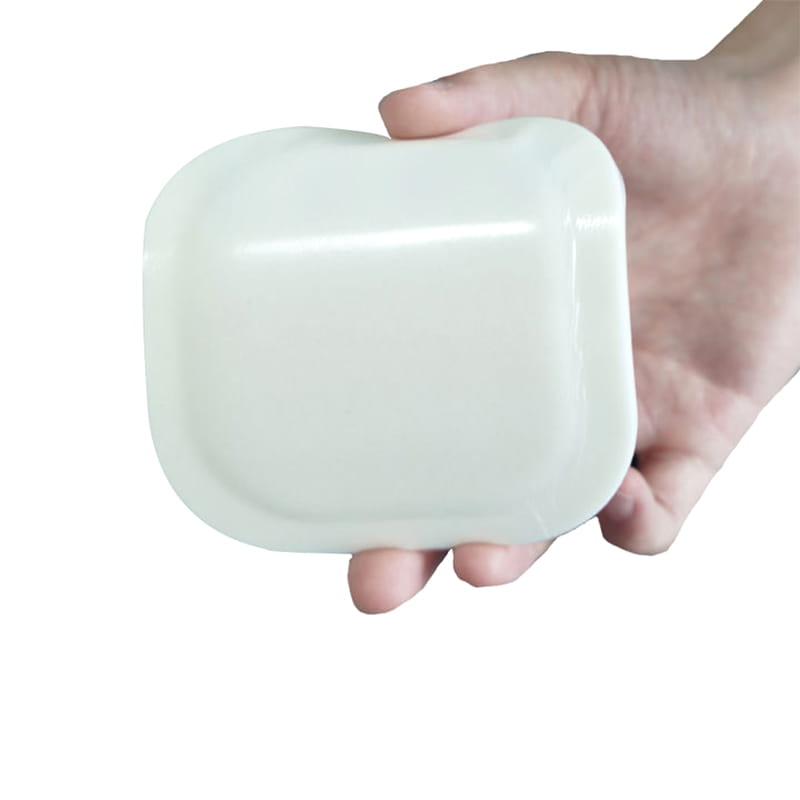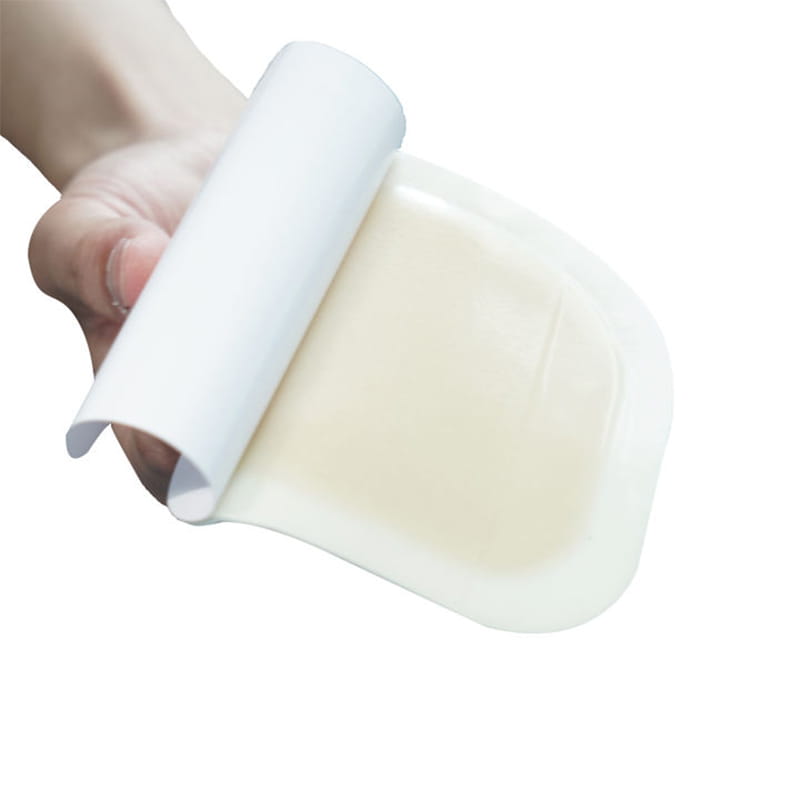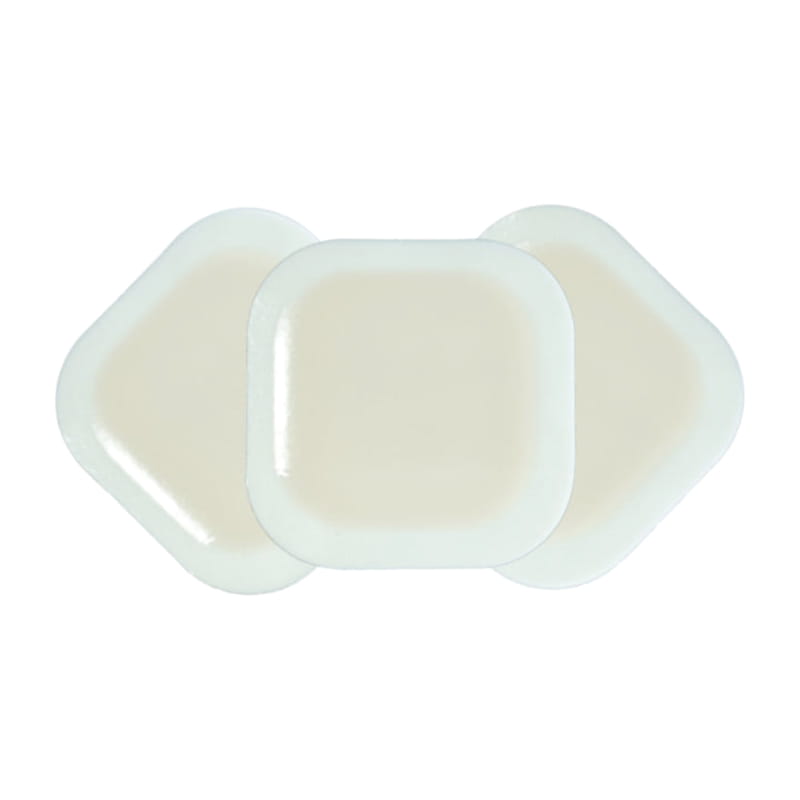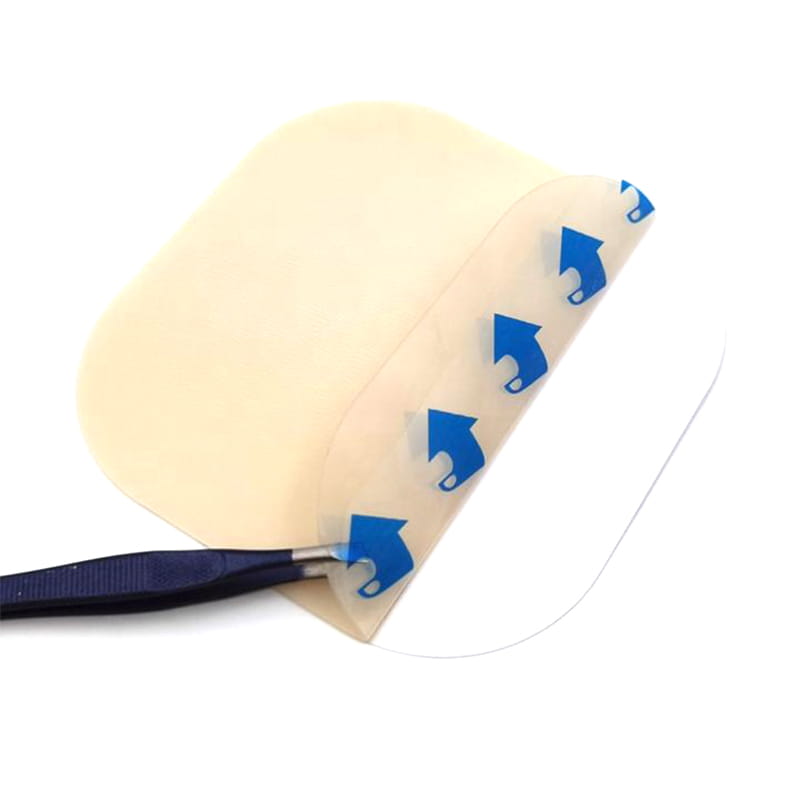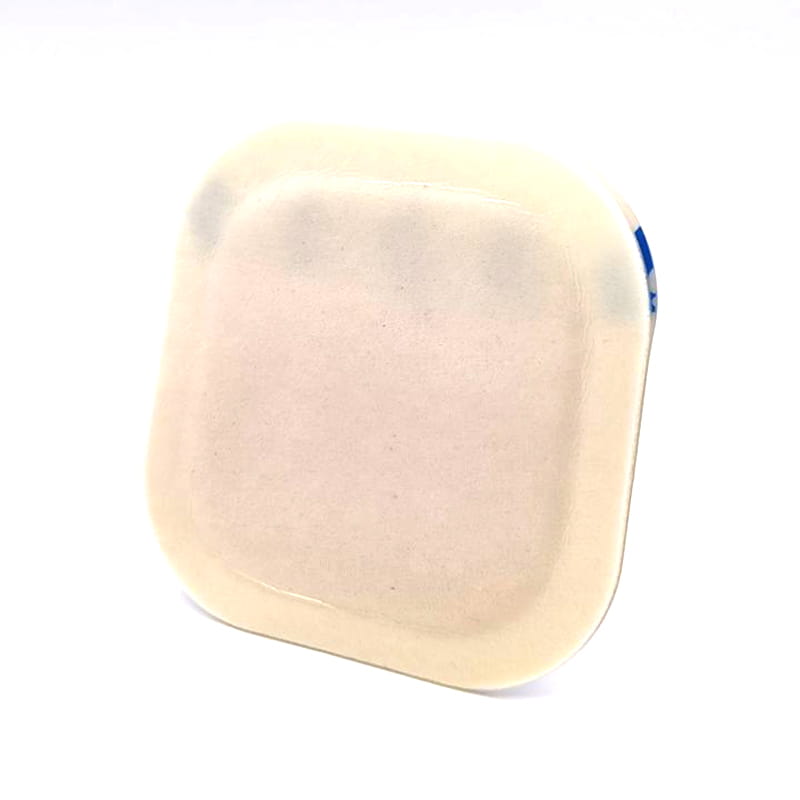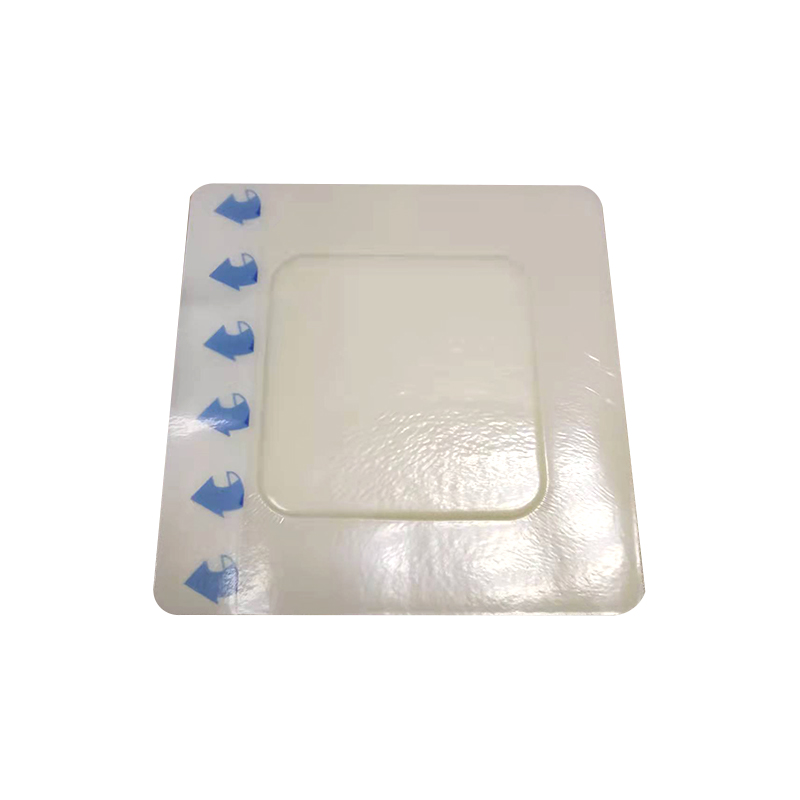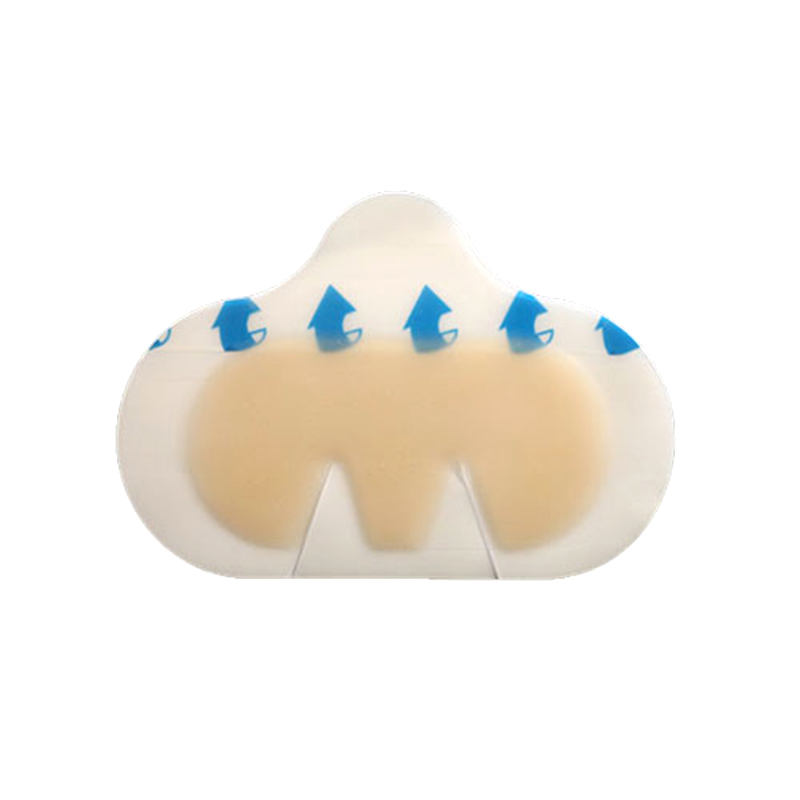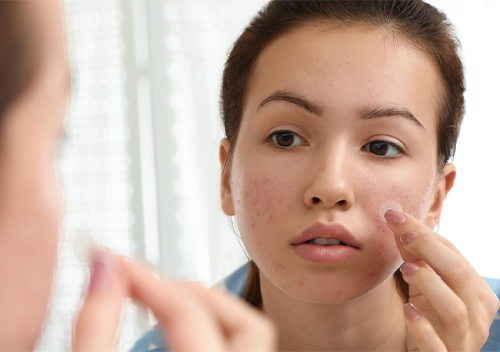Overview of hydrocolloid dressing
Hydrocolloid dressing is a modern wound care product, mainly used to treat wounds and wounds, especially for situations where a moist environment is needed to promote healing. Its core ingredients are hydrophilic polymers, which can form a gel-like substance when combined with water. The gel layer can not only absorb wound secretions, but also maintain a moist environment in the wound, thereby accelerating wound healing.
The application principle of hydrocolloid dressing is based on the moist healing theory, which shows that a moist environment can promote wound healing, reduce pain, and prevent the invasion of external pollutants. A moist environment helps the growth of cells on the wound surface, reduces scab formation, thereby accelerating the wound healing process and helping to reduce the formation of postoperative scars. Hydrocolloid dressing is particularly suitable for diabetic ulcers, pressure sores, acute trauma, second-degree burns and many other situations.
Compared with traditional dressings (such as gauze, cotton pads, etc.), hydrocolloid dressing has significant advantages. Hydrocolloid dressing can provide a more ideal moist healing environment than traditional dressings, help reduce the risk of wound infection, and reduce interference with the wound surface. Hydrocolloid dressing has strong hygroscopicity and can effectively absorb wound secretions, keep the wound clean, and reduce bacterial growth. Hydrocolloid dressing is not only moderately viscous, but also not easy to adhere to the wound surface. It causes less secondary damage to the wound during dressing changes and reduces the patient's pain.
Hydrocolloid dressing is relatively convenient to use and does not need to be changed frequently. It can usually maintain a usage cycle of several days, which is a huge improvement for patient comfort and nursing efficiency. Especially in the treatment of chronic trauma and pressure sores that require long-term treatment, hydrocolloid dressing provides significant advantages.
Quality control system of Ningbo Hysent Medical Technology Co., Ltd
Ningbo Hysent Medical Technology Co., Ltd has always been committed to providing high-quality medical dressing products to global customers, especially in the research and development and production of hydrocolloid dressing. With its strict quality control system, it guarantees the safety, effectiveness and reliability of each product.
The company has passed the ISO13485 quality management system certification, an international standard specially formulated for the medical device industry, ensuring that all the company's products meet high quality standards in every link from design, research and development to production and delivery. Ningbo Hysent Medical Technology Co., Ltd's quality management system covers every link from raw material procurement to product delivery, and each step has strict testing and quality control procedures to ensure the performance and safety of the final product. In order to ensure the consistency and quality of each batch of products, the company implements strict quality control and full process monitoring on the production line.
The company has an advanced laboratory with the ability to conduct comprehensive physical and chemical property tests on hydrocolloid dressing. The laboratory tests the physical properties of the dressing using high-precision instruments to ensure that the product can maintain its excellent performance under different conditions of use. Ningbo Hysent Medical Technology Co., Ltd is also equipped with special equipment in the laboratory to monitor dust particles and initial contamination bacteria in the production environment, and strictly control the cleanliness of the production environment. Through strict monitoring of the production environment and raw materials, the company ensures that each product is produced in a clean and sterile environment, minimizing the impact of external pollution sources on product quality.
In the quality control process, Ningbo Hysent Medical Technology Co., Ltd also pays attention to the training of production line staff to ensure that they are familiar with and can strictly implement each operating specification. In addition, the company also has an independent physical and chemical laboratory to conduct quality inspection and performance verification of each batch of products. All products leaving the factory must pass a series of strict quality inspections and clinical verifications to ensure their safety and effectiveness. This series of quality control measures ensures that each of the company's hydrocolloid dressing products can meet international medical standards.
Application and market prospects of hydrocolloid dressing
With the continuous advancement of medical technology, hydrocolloid dressing, as a key product in trauma care, has been widely used in the treatment of acute trauma, chronic trauma, postoperative wounds and second-degree burns. They effectively promote wound healing, reduce scar formation and reduce the risk of infection by maintaining a moist environment. Especially in the treatment of chronic traumas such as diabetic ulcers, pressure sores, and venous ulcers, hydrocolloid dressing provides a more efficient care solution.
The advantage of hydrocolloid dressing is that it provides a closed and moist healing environment for the wound surface, which not only promotes cell regeneration but also reduces the invasion of external pollution. Hydrocolloid dressing can effectively absorb wound exudate through its hygroscopicity and prevent secondary infection or deterioration caused by the accumulation of secretions. This feature makes hydrocolloid dressing particularly suitable for wound treatment with more secretions.
For postoperative wound care, hydrocolloid dressing can effectively protect the wound, reduce friction, and provide a comfortable healing environment. Its transparency allows caregivers to easily observe the recovery of the wound without removing the dressing, avoiding the risk of trauma and infection caused by frequent dressing changes. This is crucial for patient comfort and postoperative recovery.
In terms of market prospects, as a wound care product, the market demand for hydrocolloid dressing continues to grow. With the advent of an aging society, the number of patients with chronic trauma and postoperative recovery has increased year by year, especially diabetic patients and the elderly, which provides a huge market space for the demand for hydrocolloid dressing. In addition, with the continuous advancement of medical technology, the materials and processes of hydrocolloid dressing are also constantly innovating. New hydrocolloid dressing products can better meet the care needs of different types of trauma and further promote market development.

